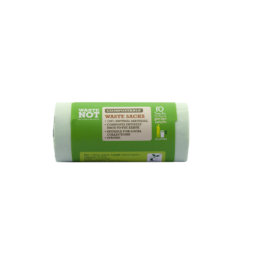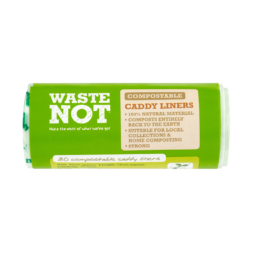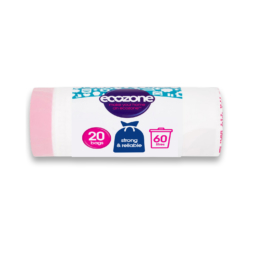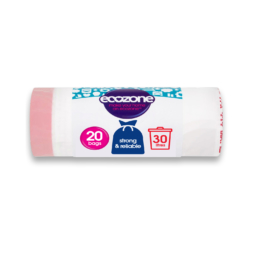Why make the switch to eco-friendly bin liners?
One of our favourite things to do at SaveMoneyCutCarbon is talk about the easy eco-friendly solutions we can all try at home. Bin liners, while not the most exciting of topics, we use them every day without a second thought. Let’s jump in and explore how switching to Waste Not compostable bin liners or Ecozone biodegradable bin liners could positively impact the planet.
What are eco-friendly bin liners?
Waste Not bin liners are made from vegetable starch so they’re 100% natural and compostable. The Ecozone bin liners are 100% oxo-biodegradable (Polyethylene with D2W). Both liners are great for local collections and home composting because they’re sturdy and tear-resistant. Switching to eco-friendly bin liners such as these is an easy way to reduce your plastic consumption on a daily basis.
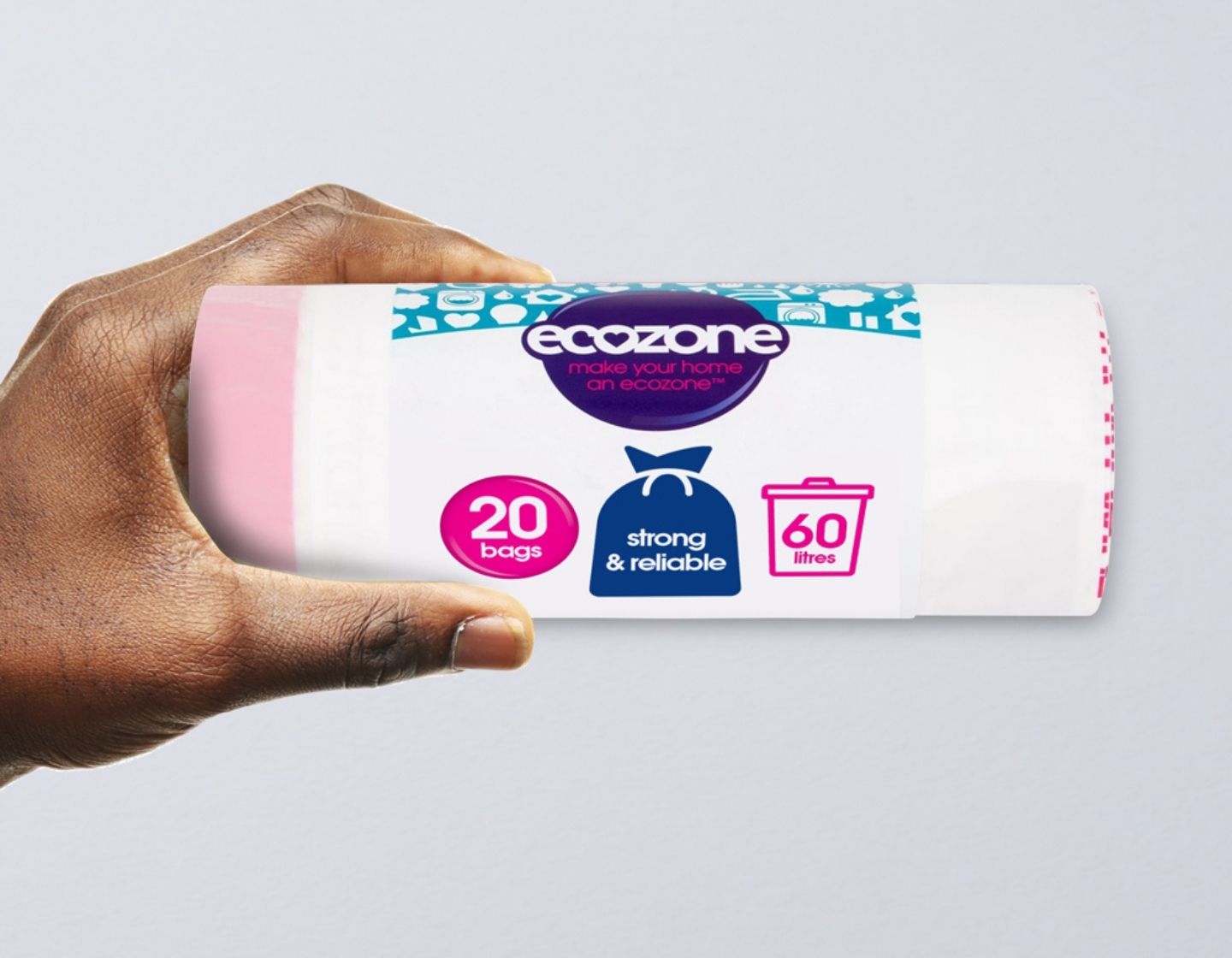
What makes them sustainable?
Waste Not bin liners are made from renewable cornstarch, a carbohydrate extracted from corn that is commonly used in the kitchen to thicken sauces. Polylactic acid (PLA) can now be extracted from cornstarch through wet milling, heating and fermentation. This is the material that can be used to replace traditional plastic.
This material is compostable, meaning microorganisms will break it down and return to the Earth. Corn is sustainable, renewable and easy to produce, requiring 60% less energy to make than traditional plastic. Plus, it emits 68% fewer greenhouse gases in production and it doesn’t contain any harmful chemicals or toxins.
However, it may be 100% natural but it still needs to be disposed of correctly. For composition, the conditions in your garden or facilities need to be just right to completely break down and if they’re not disposed of correctly, they’ll find their way to landfill. With a lack of oxygen and light, the bin liner will not break down and remain on the Earth for hundreds of years to come.
Alternatively, Ecozone bin liners are made from oxo-biodegradable plastic. Although it’s called plastic, when in the presence of oxygen, it turns into a biodegradable material with a different molecular structure. The main difference between oxo-biodegradable plastic and traditional plastic is that it decomposes a lot faster and doesn’t leave any toxic residue behind.
When exposed to oxygen, the material will break down, even in landfill – if the conditions are right. Scientists aren’t certain how long it takes for oxo-biodegradable plastic to fully break down but we do know that it’s a big reduction and can reduce the overall burden of plastic pollution.
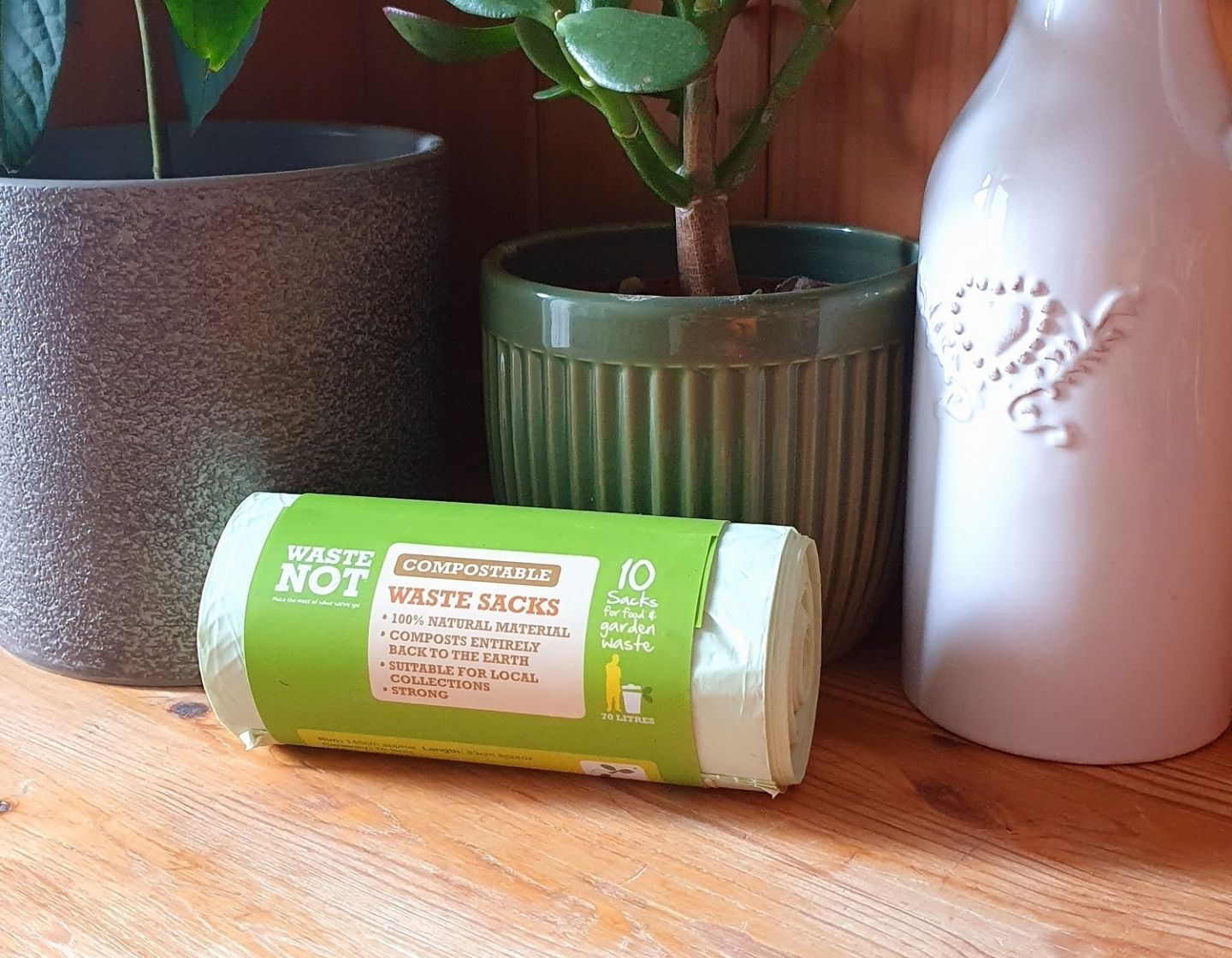
Why choose this over other non-sustainable alternatives?
Traditional plastic can take thousands of years to break down and even then, parts of it remain forever (even if you can’t see them) floating in our oceans and polluting our planet. Plus, it’s made from non-renewable fossil fuels, responsible for emitting tons of greenhouse gas into the atmosphere.
Cornstarch is cheap to produce, it doesn’t contain harmful toxins and it releases less carbon dioxide – it’s a winner all around! Plus, it’s compostable which means the natural elements are returned to the Earth. Similarly, oxo-biodegradable plastic reduces strain on the planet because it breaks down much quicker. It offers the same strength and versatility as plastic, without the negative consequences.
Although eco-friendly alternatives such as Ecozone and Waste Not bin liners are more expensive than your average bin liners from the supermarket, they come with a happier price tag for the planet. You can be confident that they’ll perform exactly the same, without emitting harmful gases or polluting the oceans.
Why choose this over other sustainable alternatives?
It’s important to note here the difference between oxo-degradable and oxo-biodegradable because technically, all plastic is degradable. Eventually, it will break down, but there is no time frame so it could take thousands of years. If bin liners are oxo-degradable, they behave no different than traditional plastic liners. When shopping for eco-friendly bin liners, make sure you’re actually buying biodegradable ones!
As for compostable bin liners, always check that they’re home compostable or that you have facilities nearby. If your compostable bin liners end up in landfill or the ocean, they won’t compost naturally into the Earth and so the effects are similar to traditional plastic.
Not sure what the difference is between degradable, biodegradable and compostable? Find out here.
Bin plastic liners for good
For an exclusive discount on household products such as Waste Not bin liners and Ecozone bin liners, join our Home Club today! Going plastic-free doesn’t have to be more expensive when you have people like us supporting you.

